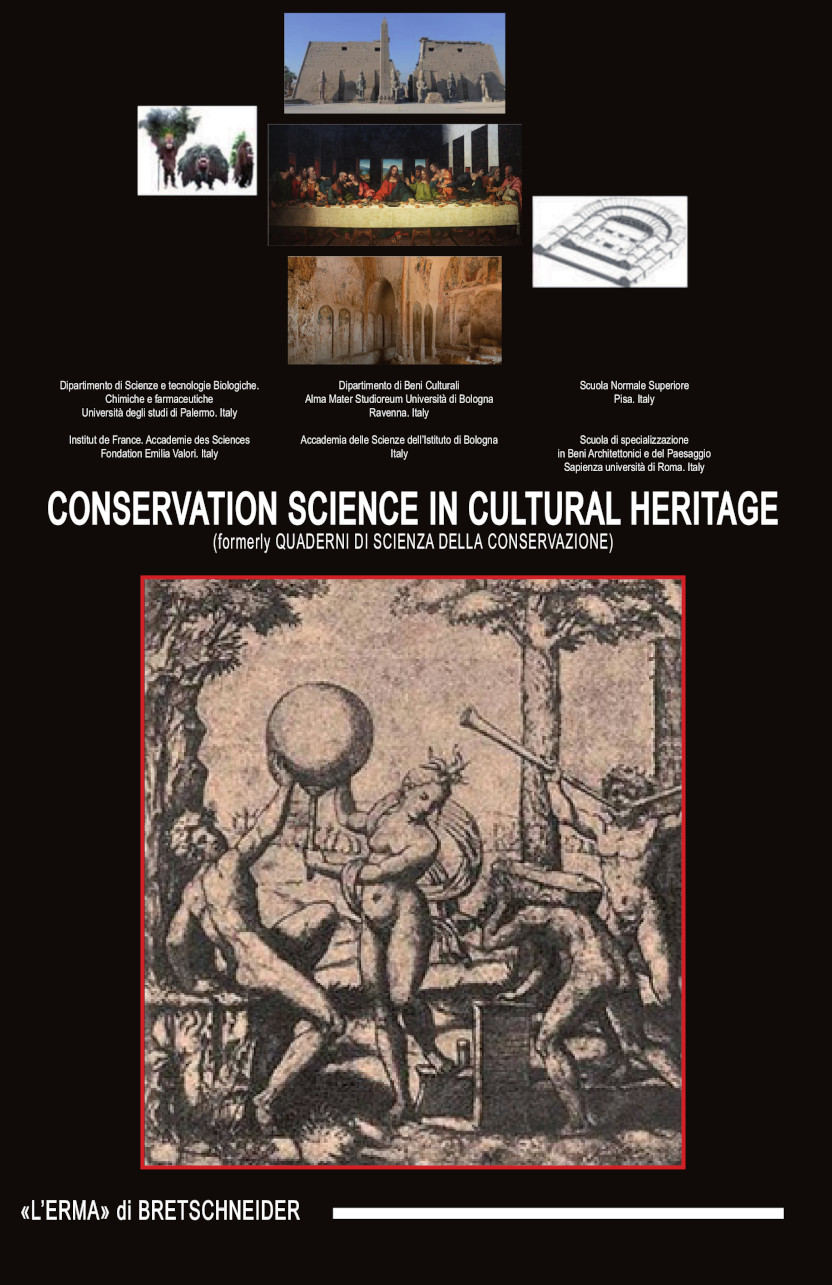Bebegig Sukamantri: Astral Sunda Heritage in Indonesia
DOI:
https://doi.org/10.6092/issn.1973-9494/12798Keywords:
Bebegig Sukamantri, astral, Sundanese, mask, heritageAbstract
This article provides a glimpse into the story and meaning of the Bebegig Sukamantri Mask which is used in the art of a sustainable and fast-growing folk carnival in West Java, Indonesia. The masks used in the carnival are unique and are an expression of the cultural heritage left by the ancestors of the ancient Sundanese people in West Java.
Each mask creation, in various colors and shapes, derives from the face of Batarakala, who is a very well-known figure in Hindu culture and represents the god of anger. Based on the various shapes and colors of the masks, there are three groups, which are believed to relate to the mythology of the existence of astral creatures that protected ancient Sundanese people, namely Rakshasa for the nobility, Detya for the common people and Denawa for the clergy. The existence of these astral beings is found in the 15th-century ancient manuscript entitled Sanghyang Siksa Kanda ing Karesian (a clue to Reshi).
Preserving the Bebegig Sukamantri mask as part of ancient Sundanese cultural heritage is a worthwhile goal because of its uniqueness and its significance for future generations. It is, moreover, greatly appreciated as a cultural carnival event at both national and international level.
Downloads
Published
How to Cite
Issue
Section
License
Copyright (c) 2021 Edi Setiadi Putra, Rosa Karnita

This work is licensed under a Creative Commons Attribution 3.0 Unported License.





